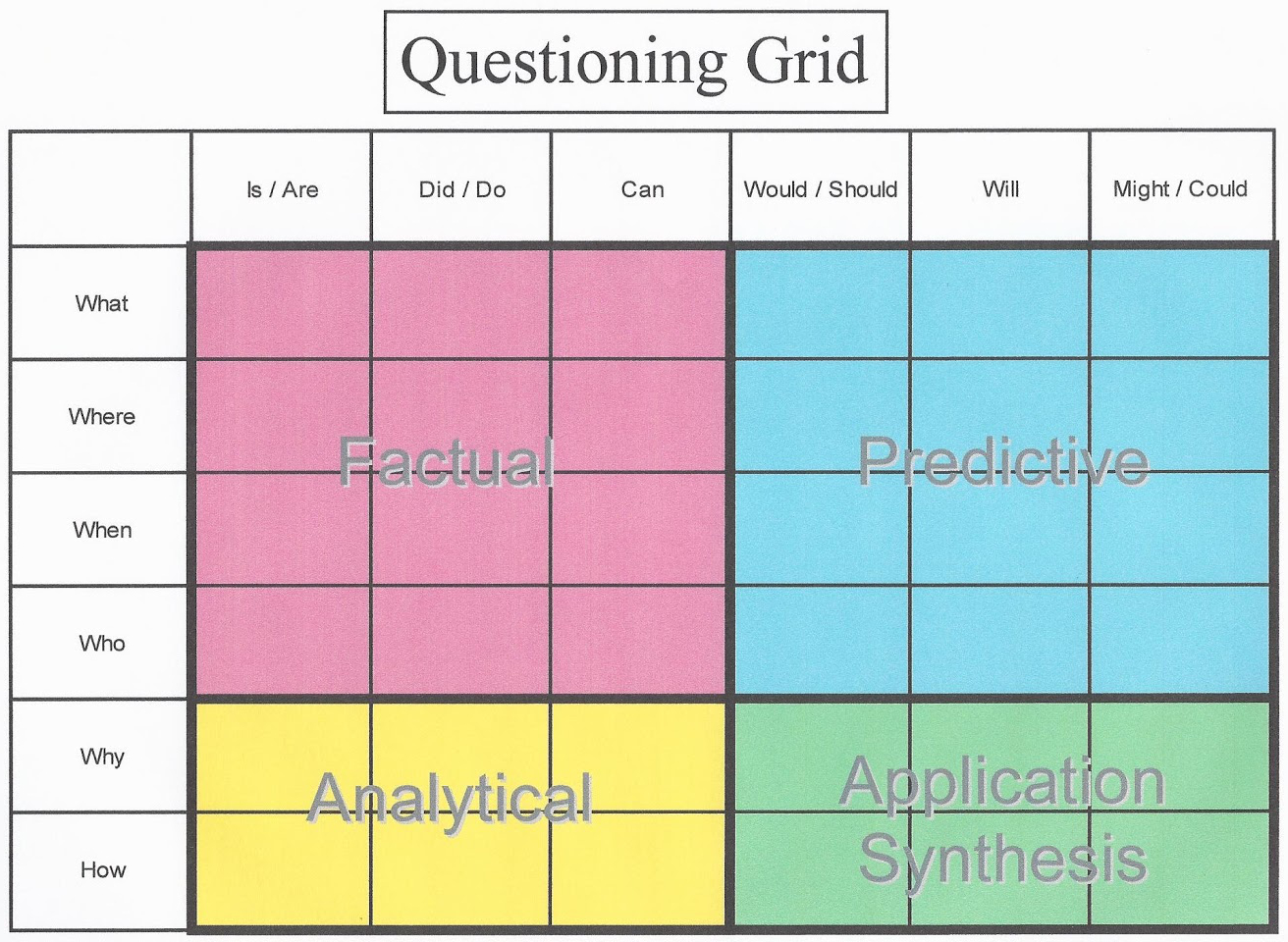Novel Texts
Chapter 21: Beyond the Cover
MINDS ON
 Vocabulary 403
Vocabulary 403

Think about the texts you've experienced in the past. Which ones affected you the most? Odds are, they were the ones that dealt with important issues that made an impression on you. In the novel you are currently reading, significant social justice(definition:) issues will be examined and explored. Social justice is a complex concept. To understand what social justice involves, read this article, "Social Issues in Canada," from The Canada Guide. (Original article)
Please note: This article is meant to provide you with insight into some of the different types of social justice issues that exist. However, it is not meant to be a complete list of all the social justice issues with which people deal. Your novel may include social justice issues that are different from those listed in the article.
If you want to view any links in this pdf, right click and select "Open Link in New Tab" to avoid leaving this page. (View the original article.)
ACTION

Using reading strategies is something that good readers do all the time, even if they're not consciously (definition: Being in a way that is directly perceptible to and under the control of the person concerned.) aware of it. We choose different reading strategies for different purposes, and some of these strategies work better for certain readers than others do. For example, if you're trying to understand a setting that you know little about, making connections between the setting in the text and other settings you've seen or read about before can help you understand the text better. As you read the first section of your novel, use some of the following reading strategies to help you with your reading comprehension. Think about the strategies that are most effective for you as a reader:
- Making Connections to the Text: As you read, think about the different connections you can make to characters, events, settings, and issues in the text. There are three different kinds of connections you can make:
- Text to Text: Making connections to other books you've read, or to TV shows, or movies that you've seen. What does the plot of this book have in common with the plot of one of your favourite movies?
- Text to Self: Making connections to your own experiences. How is the main character like or unlike you? How is the setting like or unlike a place you've been to before? As you read, use your imagination to try to live vicariously (definition: Considering the feelings, actions or experiences of another person using only your imagination.) through the characters.
- Text to World: Making connections to the outside world. How are the issues in the novel similar to issues you've seen reflected in the media or in the world around you?
Other strategies that will help you relate to the story, even if it seems far removed from your own experience, include:
- Visualizing: As you read, use the clues from the text to help you picture what the author is describing so that it's almost like watching a movie in your head. What does the main character look like? What kind of setting is he or she in? You can incorporate other senses to help you dive into the book. If you were inside the pages of this book, what would you be feeling, smelling, hearing, tasting? This will help you immerse yourself in the story.
- Talking Back to the Text: Have you ever tried watching a movie with a person who is so involved in the movie that she/he feels the need to talk to the screen? For example, “Are you nuts? Don't go up in the attic!” You can use the same strategy (in a much less annoying way) by using sticky notes to talk back to the book. Record your reactions, questions, and observations on small sticky notes and place them next to the text you read. If you give yourself a goal of three or four sticky notes per chapter, you may surprise yourself by finding you're more engaged in the story.
- Asking Questions: Another way to engage with the text is to ask questions as you read. Different kinds of questions will lead you to different levels of engagement with the text. A good tool for generating different types of questions as you are reading is a Q Chart. As you'll see, depending on the prompts you use, you'll develop different questions. However, it's important to realize that while the analytical and application/synthesis questions are more complex, that doesn't necessarily mean they are better. Good readers consider many questions to help them understand the text they are reading.

 Making Connections
Making Connections
As you read the first third of your novel, use each of the strategies above at least once to help you understand the text better. Also, develop one question for each of the Q Chart's quadrants. Lastly, identify and explain which strategy helped you most. Continue to create questions as you read your novel.

by Laura Crawford used under CC BY
While an actor's prepared glance can say volumes in a movie, a writer is required to craft characters using only words. Fortunately, vocabulary, genre and elements of style combine to provide writers with a vast(definition: An abundant source or supply of something.) repository of ways to bring their characters to life. Of course, not all characters are as believable as others, and in some cases authors want characters that are flat or one-dimensional. Generally, characters are either dynamic or flat. To learn more about dynamic characters, read this article, "Dynamic Character," from Literary Devices. (Original article)
If you want to view any links in this pdf, right click and select "Open Link in New Tab" to avoid leaving this page. (View the original article.)
Authors use many techniques to bring their characters to life. As an effective reader, you can recognize these techniques to help you understand characters more fully.
 Characterization
Characterization
You'll learn about these techniques by viewing Characterization in Literature. Make sure you record these techniques in your Notebook for use as you read your novel.
 Questions
Questions
- What is direct characterization?
AnswerDirect characterization is when the author directly tells you something about the character.
- What is indirect characterization?
AnswerIndirect characterization is when the author implies or suggests something about the character.
- What does the acronym S.T.E.A.L. stand for?
AnswerS.T.E.A.L. stands for Speech, Thoughts, Effects on Others, Action and Looks.
 Dynamic Deciphering
Dynamic Deciphering
Identify a dynamic character in the novel you are reading. Develop a short explanation for what makes this character dynamic using the S.T.E.A.L concept.
CONSOLIDATION
 Note Check 1
Note Check 1
Completet your notes on the first third of your novel to your teacher. Be sure to include notes on all categories outlined in the Note Taking Organizer, even if you choose to use an alternate medium (for example, sketch noting, mind mapping).
 Essay Check 1
Essay Check 1
Now that you are one-third of the way through your novel, identify which essay question you are planning to answer and explain why you think it is a suitable question for your essay. Provide at least three pieces of direct evidence from the novel so far to support your position.
The essay question options are:
- How does the arrangement (e.g., sequencing of the plot, multiple narrators, shifting between time periods/settings) of the novel help or detract from the ideas it contains? Use evidence from the novel to support your position.
- Identify a main theme in the novel and explore why it's important to the story. Use evidence from the novel to support your position.
- Is the plot believable? Use evidence from the novel to support your position.
- Did the characters 'get what they deserved?' Use evidence from the novel to support your position.
- How important is its setting to this novel? Use evidence from the novel to support your position.
 Presentation Check 1
Presentation Check 1
Select a social justice issue from your novel that you intend to research and present in order to answer the question: 'So What, Now What?' Explain briefly why you feel this is a significant issue, both in the novel and in the real world. Then begin researching the topic in order to prepare to deliver a TED Talk style presentation. Make certain to record your sources (using MLA citations) and compile research notes to prepare for your presentation.